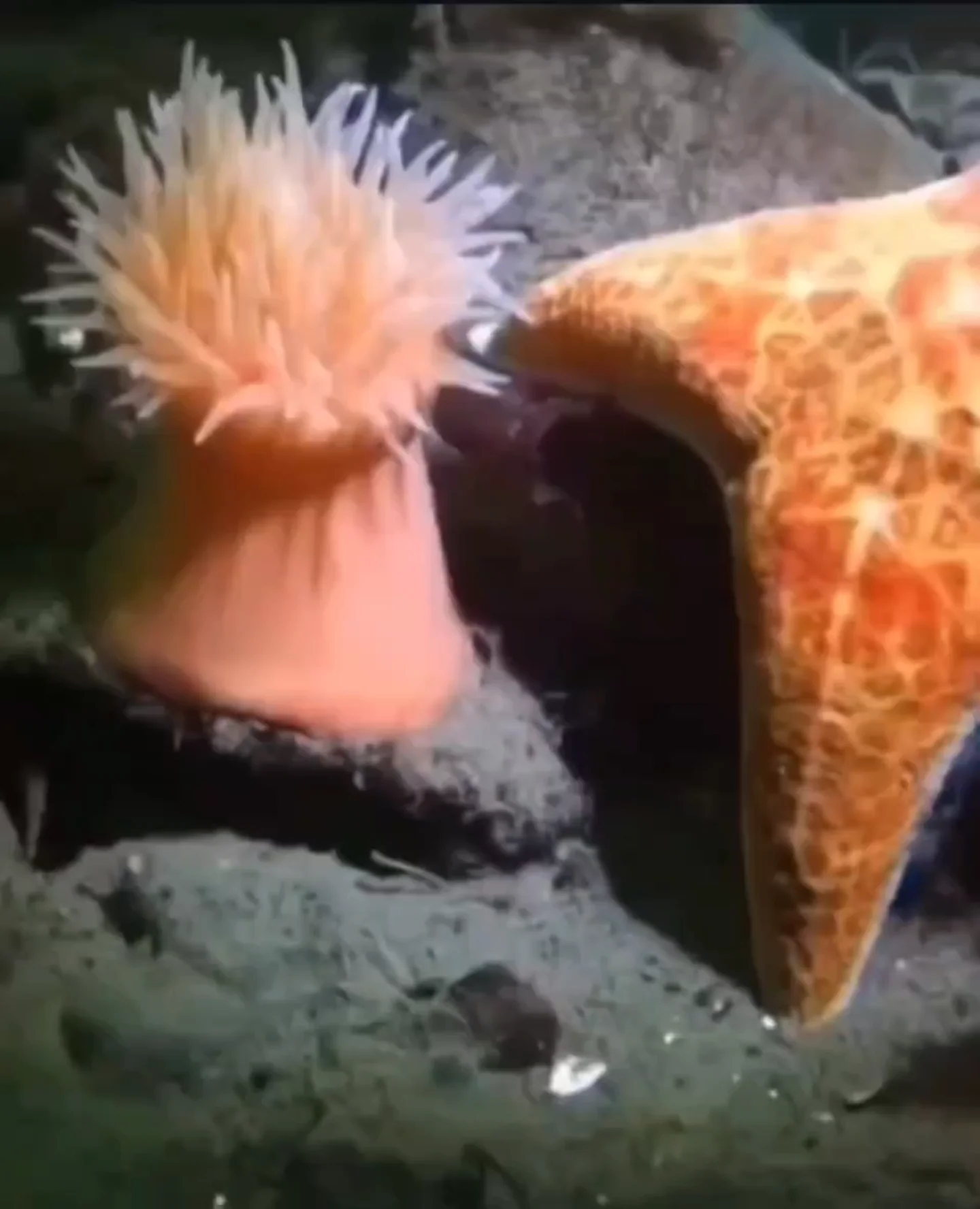Yes, Anemones Can Swim: A Slow-Motion Escape From a Hungry Sea Star
At first glance it looks impossible: a flower of the sea suddenly unfurls, ripples its body like a ribbon, and drifts away from danger. But the “flower” is an animal, and this measured getaway is one of the ocean’s most surprising survival moves.
The moment the rock lets go
Sea anemones are often described as stationary, glued to rocks by a fleshy pad called a pedal disc. Most of the time, they are. Yet many species can uproot with purpose—creeping across the seafloor or, when stakes are high, detaching entirely to swim.
When a predatory sea star closes in, certain anemones fold their tentacles, contract the column, and generate rhythmic waves that lift them free. To the eye, it looks like a slow dance. To the predator, it is a meal getting away.
How an anemone decides to flee
These animals don’t have eyes or a brain like ours, but they are not oblivious. Specialized cells on the tentacles and body wall sense touch and chemical traces in the water—cues that can signal a sea star nearby. In lab tests and field observations, even water that has flowed over a predatory sea star is sometimes enough to trigger an anemone’s escape reflex.
The logic is ancient and effective. Sea stars feed by everting their stomachs onto prey and digesting them externally. If an anemone waits too long, its stinging cells are little defense against that slow, persistent attack; leaving the rock can be the safer bet.
For an animal built to stay put, mobility is the emergency exit.
The mechanics of a soft-bodied swim
An anemone’s body is a pressurized, water-filled column. Muscle fibers woven through its tissues squeeze and bend that hydrostatic skeleton in coordinated pulses. The result is a series of flexes—tentacles tucked in, body undulating—that push it into the current and away from the threat.
Swimming is costly and risky. Unmoored, an anemone can be swept into rough water or land in a poor spot. Once it finds calmer ground, it spreads the pedal disc, secretes sticky mucus, and re-anchors—often resuming its familiar blossom shape within minutes.
Not just a party trick
While dramatic escapes grab attention, movement is part of everyday anemone life. They inch toward better light, food, and flow; they retreat from irritation; they jockey for space with neighbors. The same muscles that fuel a daring swim also power those quieter migrations.
The pace hides the stakes. On a reef or rocky shore, small shifts determine who eats, who gets eaten, and where the next generation settles. A starfish’s approach can take hours; an anemone’s decision to leave takes seconds—and can decide the outcome of that slow chase.
What this close call tells us
The sea often rewards patience, but it also pays to be ready. The anemone’s getaway is a reminder that even the most rooted creatures keep an option to move when it matters most.
- Many anemones can crawl, detach, and swim by pulsing their bodies.
- Chemical and touch cues from predators like sea stars can trigger an escape.
- After drifting to safety, an anemone re-anchors with its adhesive pedal disc.
The quiet drama we almost miss
In the age of high-speed chases, it is easy to overlook the ocean’s slow-motion dramas. Watch closely, though, and a different kind of athleticism appears—one measured in ripples, not sprints. Somewhere on a tide-washed rock, a starfish is still inching forward. The anemone it wanted is already gone, riding the current to start again.







